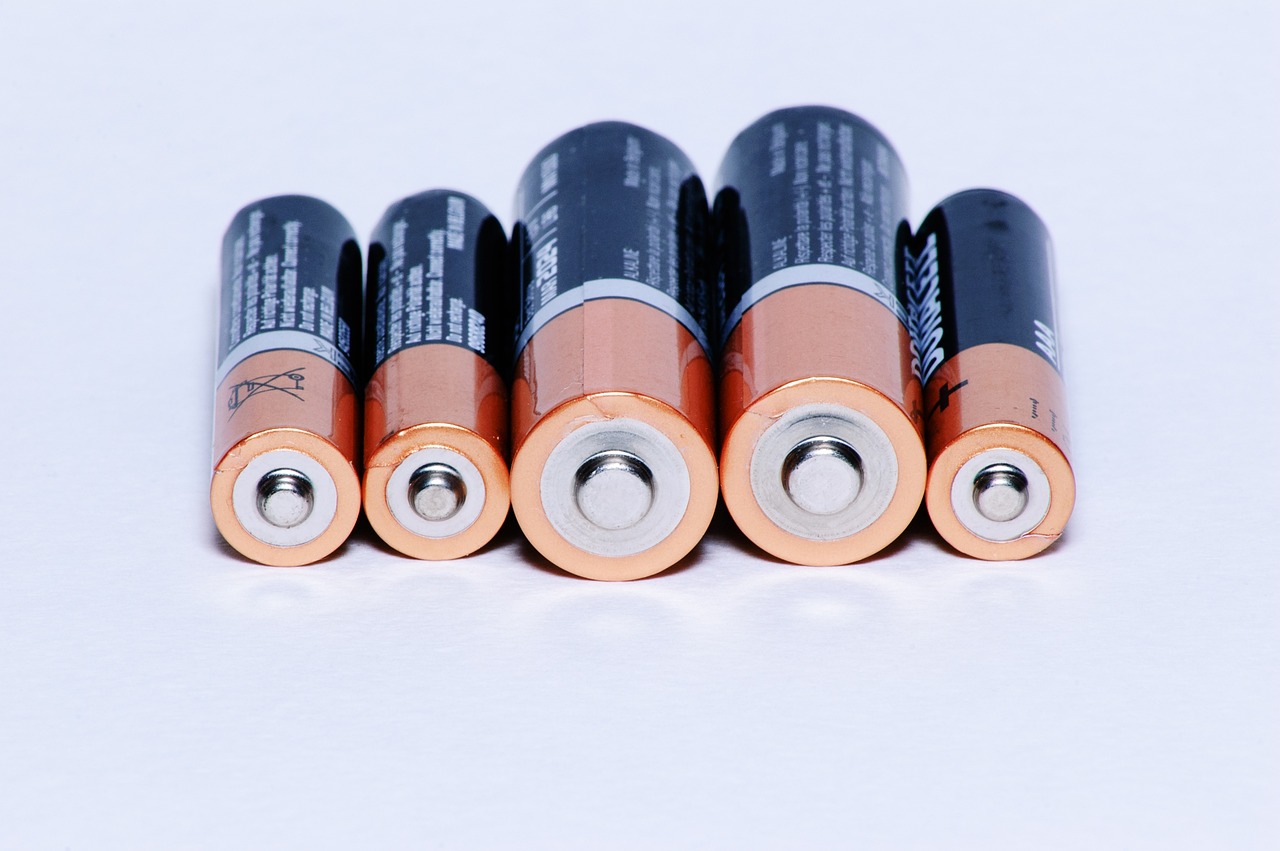|
10 minutes maximum! Can you do it in 5? |
|||||||||||||||||
1. Which of these gives the formula for calculating electrical power?
| |||||||||||||||||
| 2+3. A student is comparing power banks to take on holiday. The output of the most powerful one is 5V at 2.4 A maximum. |
|||||||||||||||||
2. What is the maximum power output of this power bank?
| |||||||||||||||||
3. A different power bank has a lower power output. If the voltage output is still 5V, how does this affect the current output and the energy transferred per second, compared to the first power bank?
| |||||||||||||||||
4-6: The table below gives some information about 3 different cells. What are the missing values? |
 |
||||||||||||||||
|
|||||||||||||||||
7-9: An electric kettle is rated as 240 V, 2 kW. |  |
||||||||||||||||
7. What is the current used when switched on?
| |||||||||||||||||
8. Which of the following gives the correct formula to calculate the electrical energy transferred to the kettle?
| |||||||||||||||||
9. The kettle takes 2 minutes to boil. How much electrical energy has been used to heat the water?
| |||||||||||||||||
10. The power bank in question 2 has an output of 5 V and a maximum current of 2.4 A. If it can last for 50 minutes before running out, what energy is stored in the power bank?
| |||||||||||||||||